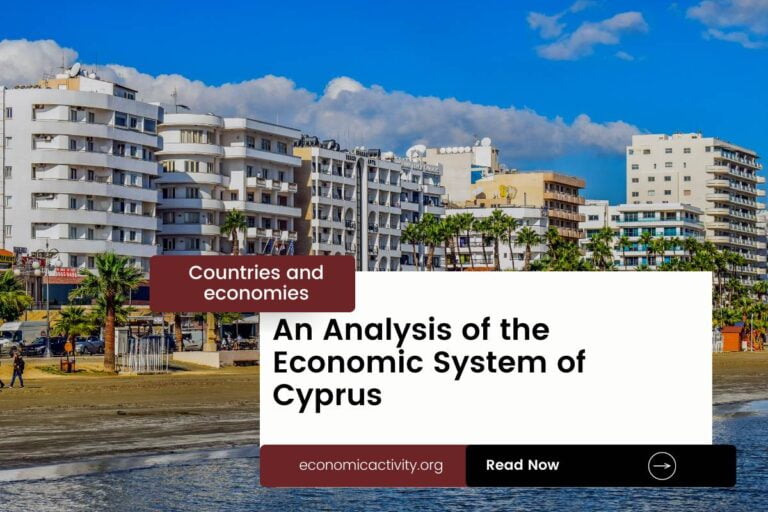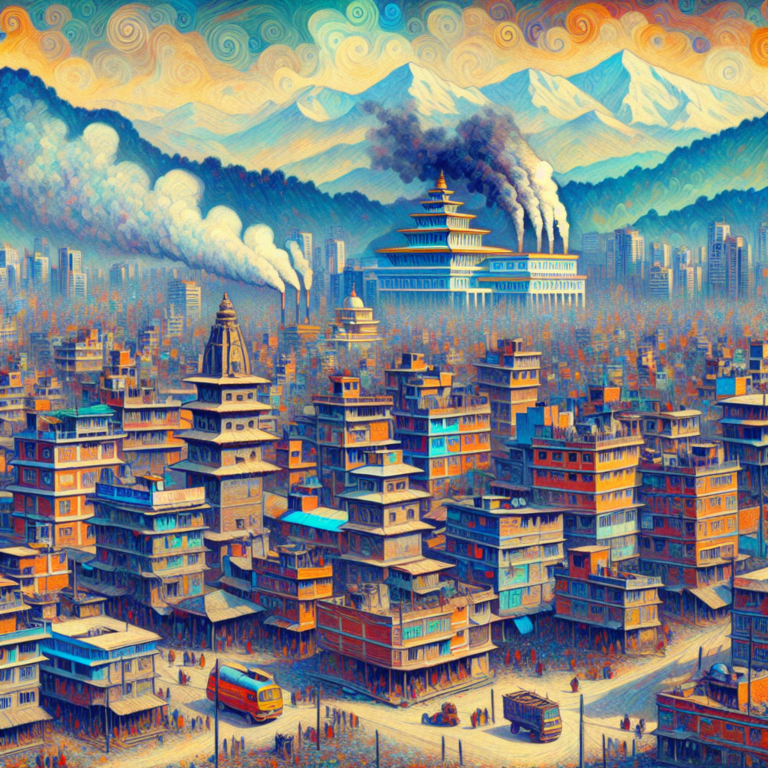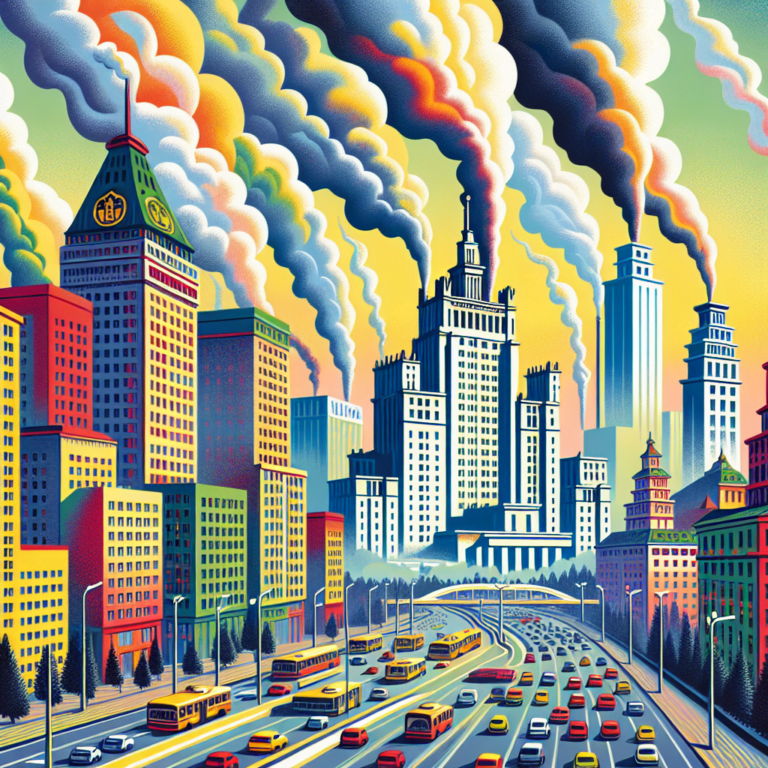What is the economic system of France? The economy of France is based on a mixed economy. The country’s economic system combines elements of a market economy and a planned economy.
In France, the economy includes a private sector, consisting of individuals and businesses that make autonomous decisions based on self-interest, and a public sector, where the state determines the production and distribution of certain goods and services. No country is purely capitalist or purely communist.
What do the freedom indexes tell about the economic system of France?
To determine if a country is mostly a market economy or a planned economy, it is useful to examine some economic indexes. For instance, according to the 2022 Index of Economic Freedom, which measures the ability of every human to control his own labor and property, France is ranked 52nd globally and 31st in Europe indicating that the country has a moderately free economy.
In a similar way, the 2022 Freedom House index evaluates the state of political rights and civil liberties globally. Generally, market economies tend to align more with democracy and freedom, while command economies tend to be characterized by greater state control and fewer democratic and civil liberty protections. France gets a score of 89/100, which qualifies it as free. France is a country where the government does not control what people do for political reasons, and people have the freedom to choose (what, how much, and how to produce, whether to buy or not, selling price, etc.)
The Link Between Public Sector Employment and the Economic System of France
An indicator of the extent to which the State is involved in the economy is the number of public sector employees. In France, according to ILOSTAT, the number of public sector employees as a percentage of the total workforce is 20.5% (2019). In the country’s mixed economy, the number of public sector employees as a percentage of the total workforce varies based on the specific policies and practices adopted by the State.
Some economic activities are left to the private sector while others are under government control. The bigger the public sector the closer is the economy to being a command economy.
What does the biggest company in France say about the country’s economic system
The biggest company in France should also be looked at, as well as whether it is a state-owned or private company. In this case, L’Oréal is a French company categorized as the private sector. It is owned by a family and is not publicly traded. It is not a mixed private-public company.
The historical factors that have influenced the economic system of France
The mixed economy system of France in the last century was caused by a combination of government intervention, market forces, and the influence of international organizations. Government intervention included social welfare programs, regulation of certain industries, and the protection of certain industries from foreign competition.
Market forces such as supply and demand, competition, and technological advances also played a role from the private side. Finally, international organizations such as the European Union and the World Trade Organization have had an influence making what the economic system of France is today.
More: Top 10 Biggest companies by revenue in France





Leave a Reply